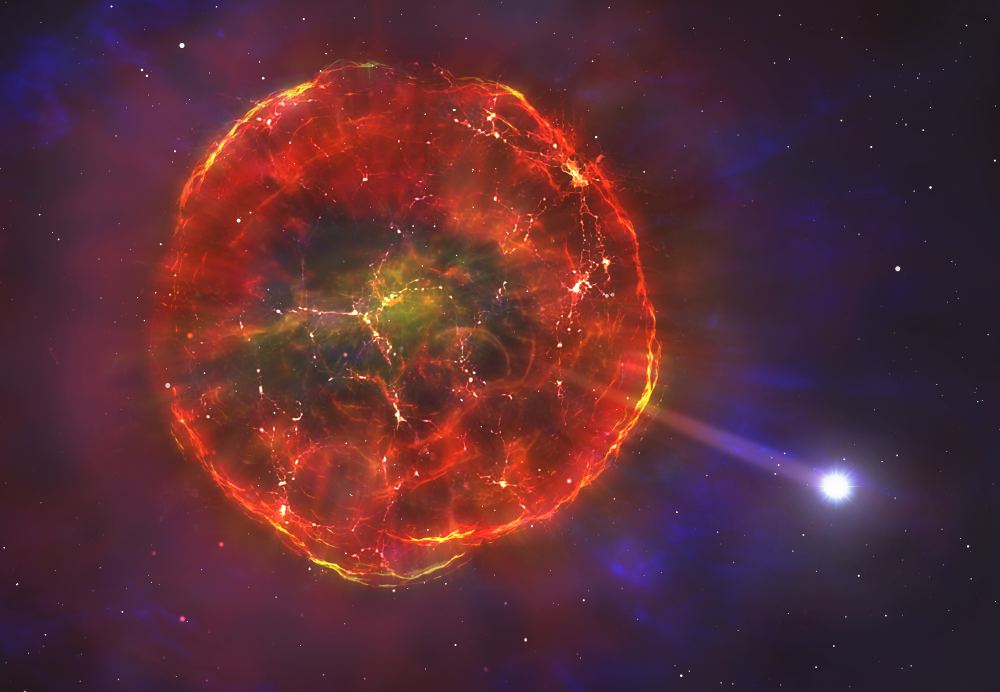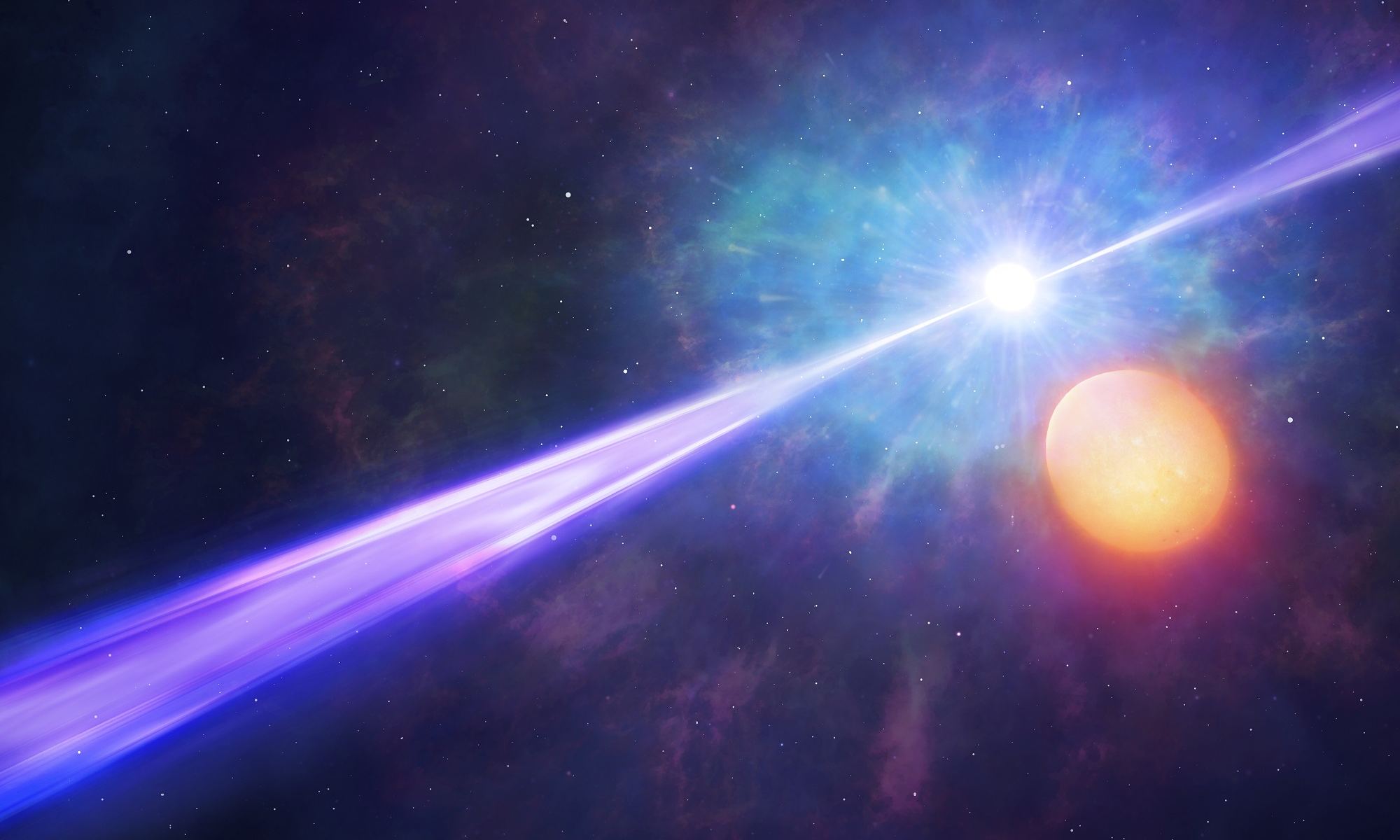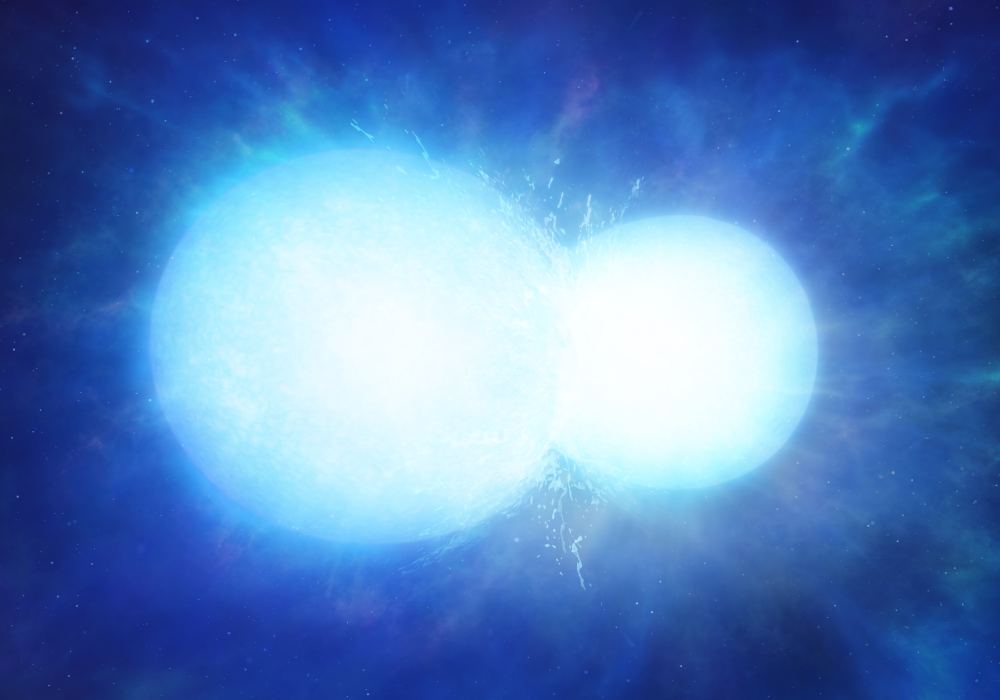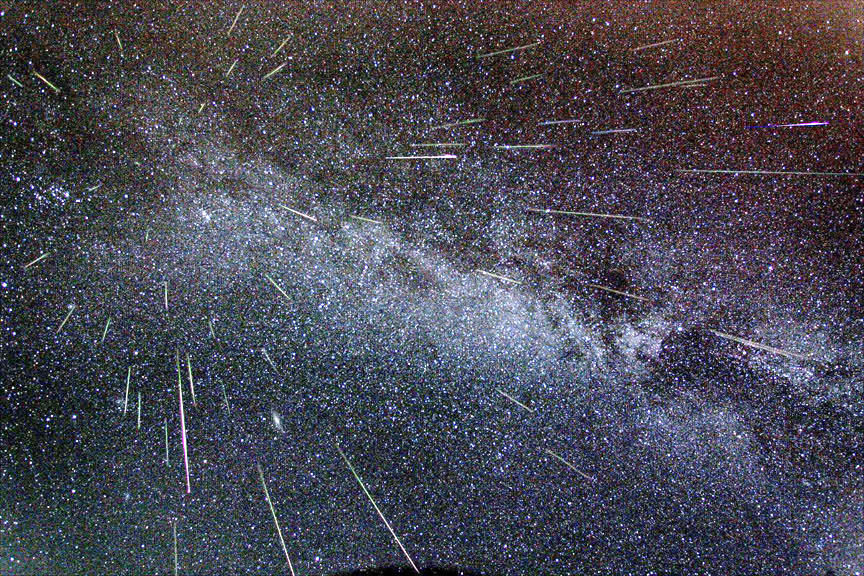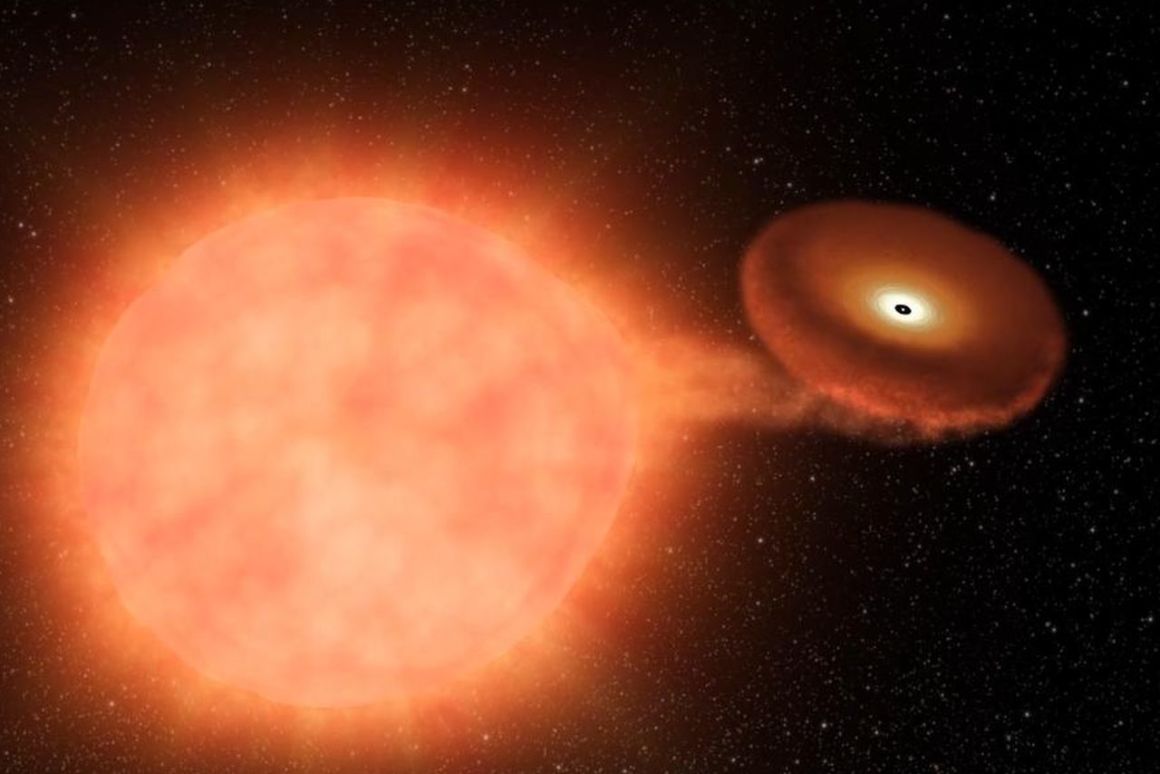Supernovae are some of the most powerful events in the Universe. They’re extremely energetic, luminous explosions that can light up the sky. Astrophysicists have a pretty good idea how they work, and they’ve organized supernovae into two broad categories: they’re the end state for massive stars that explode near the end of their lives, or they’re white dwarfs that draw gas from a companion which triggers runaway fusion.
Now there might be a third type.
Continue reading “A Star had a Partial Supernova and Kicked Itself Into a High-Speed Journey Across the Milky Way”
